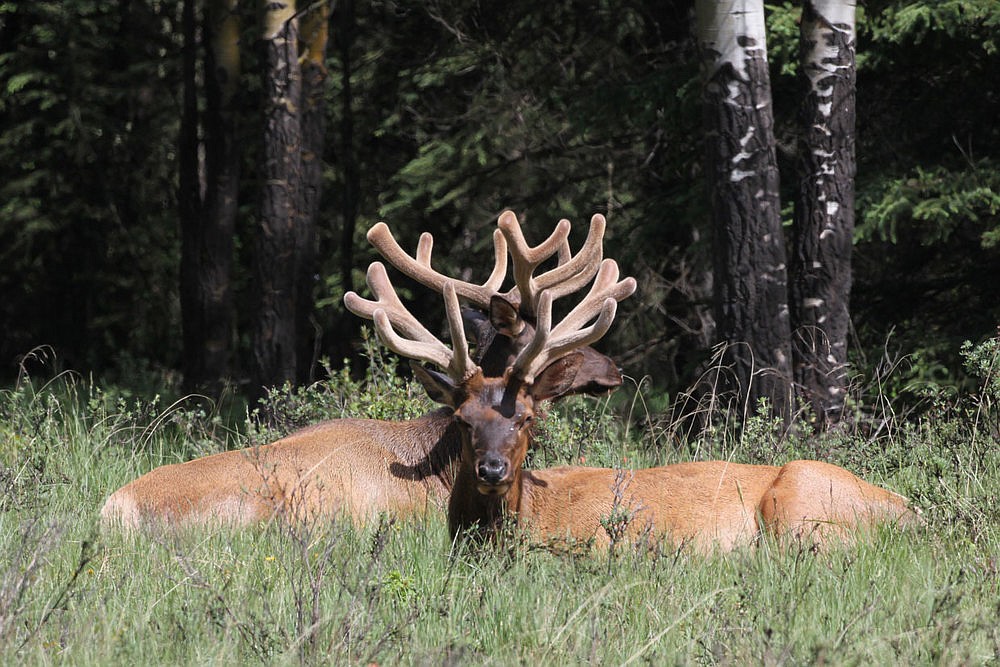New multi-year study aims to solve Lower Clark Fork elk mystery
No one knows why elk numbers in the lower Clark Fork River area have declined over the past two decades. Some think it’s due to the growing number of wolves, which add to existing predation by black bears and mountain lions. But the cause could also be elk habitat declines, disease, weather or some combination of these factors.
Dr. Kelly Proffitt wants to find out.
Proffitt, an FWP senior research scientist, is leading a multi-year study that kicked off this past winter with the capture of 62 elk in Hunting District 121. The heavily forested district extends northwest of Thompson Falls on either side of the Clark Fork River through the Lolo and Kootenai national forests to the Idaho border.
“Our goal is to figure out what is influencing the elk populations there,” she said.
Proffitt, other FWP wildlife biologists and researchers at the University of Montana W.A. Franke College of Forestry and Conservation aim to learn about pregnancy, recruitment and survival rates; how elk interact with wolves, bears and lions; where elk move throughout the year on public and private land; the types of habitats elk need most; and how land-use practices such as logging could be adjusted to benefit elk.
“The idea is to better understand elk population dynamics by studying top-down influences like predation and bottom-up influences like habitat,” Proffitt said.
Neil Anderson, FWP regional wildlife manager in Kalispell, said the information Proffitt and her team gather will be used to develop more effective elk hunting regulations, improve habitat, and take other management actions. “It will also help us collaborate with the U.S. Forest Service on forestry practices that benefit elk and other wildlife,” he said.
From December through February this past winter, crews captured and GPS-collared 47 adult females, seven adult males and eight calves. Cow elk were also fitted with implants that detect when and where calves are born so biologists can also capture and collar the young animals and then track survival and mortality rates.
Crews also captured and collared three female mountain lions in the study area. The lions were fitted with satellite-linked GPS collars that record locations every four hours for three years. Researchers also hope to capture seven additional mountain lions, 10 black bears and five wolves to monitor their locations. “This will help us evaluate large carnivore population numbers and identify different causes of elk mortalities,” Proffitt said.
Follow the Clark Fork elk project’s progress at fwp.mt.gov/aboutfwp/regions/region1.
• • •
This story was originally featured in Montana Outdoors Magazine.

